When the Old-Timers Go Marching In (Part 3) [i]
S-200 (SA-5 Gammon) in Ukraine
This article will address the Soviet-made S-200 (SA-5 Gammon) missile system and its role in the war in Ukraine.
As the war in Ukraine dragged into its third year, the lack of modern AD systems (so far delivered by the Western partners in a "teaspoon" quantity) forced Ukrainians to look for utilization of the old Soviet-made systems that are considered obsolete by modern standards but still can inflict considerable punch.
Old Soviet S-200 (SA-5 Gammon) systems have been taken out of storage, and attempts are being made to utilize them in both the original AD and the surface-to-surface roles.
In its original form, the S-200 was and still is a formidable opponent for high-altitude flying aircraft (like heavy bombers, reconnaissance planes, or aerial tankers). If employed correctly, considering the requirements of the modern battlefield, it can still inflict casualties on opponents.
Development
Development of the long-range S-200 (SA-5) started in the early 60s in the KB-1 design bureau under the leadership of legendary designer Aleksandr Andreevich Raspletin and the missile was developed under the leadership of P. I. Grushin. This system was considered the longest-range SAM system of the Cold War. In 1958, A.A. Raspeltin made a crucially important decision to develop a coherent radar for continuous radiation and from command guidance to control self-guided missiles. The new developments resulted in the first Soviet SAM system that used the continuous wave target tracking method, a semi-active radar-guided hypersonic missile with a built-in digital computer. The Soviet Union fielded the first operational unit in 1967, near Tallinn thus it was initially called the “Tallinn” system in the West. The S-200 was constantly improved during its lifetime, resulting in versions such as the S-200 Angara and S-200V Vega (SA-5A), the S-200M Vega-M (SA-5B), and the S-200D Dubna (SA-5C) variants. The S-200M Vega-M’s export version, the S-200VE Vega-E was exported to ten countries - Bulgaria, Czechoslovakia, Hungary, GDR, Poland, Iran, Libya, Mongolia, North Korea, and Syria.

The main difference from the previous S-25, S-75, and S-125 systems is that the missile contains the “brain” of the system instead of the guidance station. This is because the fire control radar illuminates the target, and the missile calculates the guidance commands using the target's reflections. This decision at first dictated very complicated electronics for that time because of the lack of solid-state electronics, which made it very hard to design a compact guidance section.
During the several modernizations, one of the major requirements was to increase the range. In the final version, it was reported that the complex achieved an effective range of 300 km and became the longest-range anti-aircraft defense system in the world at that time.
The basic requirement and driving idea for this system was to engage American strategic bombers carrying nuclear weapons. Other targets—such as ones with stealthy characteristics and low-flying—were more difficult to engage and shoot down. Something new was necessary to engage these types of targets, and further development resulted in more modern systems such as the S-300 and S-400.
Although the S-200 had good range and altitude performance, it was technically obsolete in some aspects by the mid-80s. For example, the missile was not placed on a mobile launcher but on a stationary platform—a launching rail—meaning the mobility was limited and the setup time was very long. The 5V21/5V21A/5V28 missile weighs almost 8 tons and is 11 meters long, and the handling and installation on the launching platform require specialized trucks. Today, modern anti-aircraft missiles are smaller in size. Another disadvantage was the use of toxic liquid fuel that required filling up the missile before the combat duty period. This was dictated by the technological development of the specific period.
The System
Command component (battalion size):
K9M: K9M battalion management center cabin
П-14Ф: P-14F Oborona (Tall King-B) target acquisition radar
ПРВ-17: PRV-17 (Odd Pair) height finder radar
5Я63: 5Ya63 microwave relay connection to the IADS system
Battery components:
K1В/ K2В: K1V, 5N62VE target illuminator (RPC); K2V fire management cabin (fire control cabin)
K3B: K3V launch preparation cabin
5П72ВЕ/5Ю24МЕ: 6x 5P72VE PU missile launchers (per battery); 12 x 5Yu24ME ZM missile loaders trucks
The working edge of the system is a missile. The launch from the platform is performed by 4 solid-fueled rocket boosters attached to the missile body (see picture above). The booster burnout is between 3 - 5 seconds, after which they are jettisoned. The booster drop also ignites th 5D67 liquid-fueled sustainer rocket motor. The motor can work 51–150 seconds. The fuel is called TG-02 Samin (50% xylidine and 50% triethylamine), oxidized by an agent called AK-27P (red-fuming nitric acid enriched with nitrogen oxides, phosphoric acid, and hydrofluoric acid). The maximum range varies, based on the particular missile model, and is between 150 - 300 km. The missile uses radio illumination mid-course correction to fly toward the target with a terminal semi-active radar homing phase. The maximum speed is 2,500 m/s (7.2 Mach) and the maximum target speed is around Mach 6 for a newer model and Mach 4 for an earlier model. Effective engagement altitude is 0.3 - 20 km for early models and up to 35 km for later models. The missile can be equipped with a 217 kg high-explosive fragmentation (HE Frag) warhead model 5B14Sh (consisting of 16,000 × 2 g fragmentation pellets and 21,000 × 3.5 g pellets and 90 kg of explosive) activated by radar proximity fuse or command signal, or with a 25 kT nuclear warhead triggered by command signal only. A nuclear warhead is specifically designed to defeat high-altitude flying bombers.

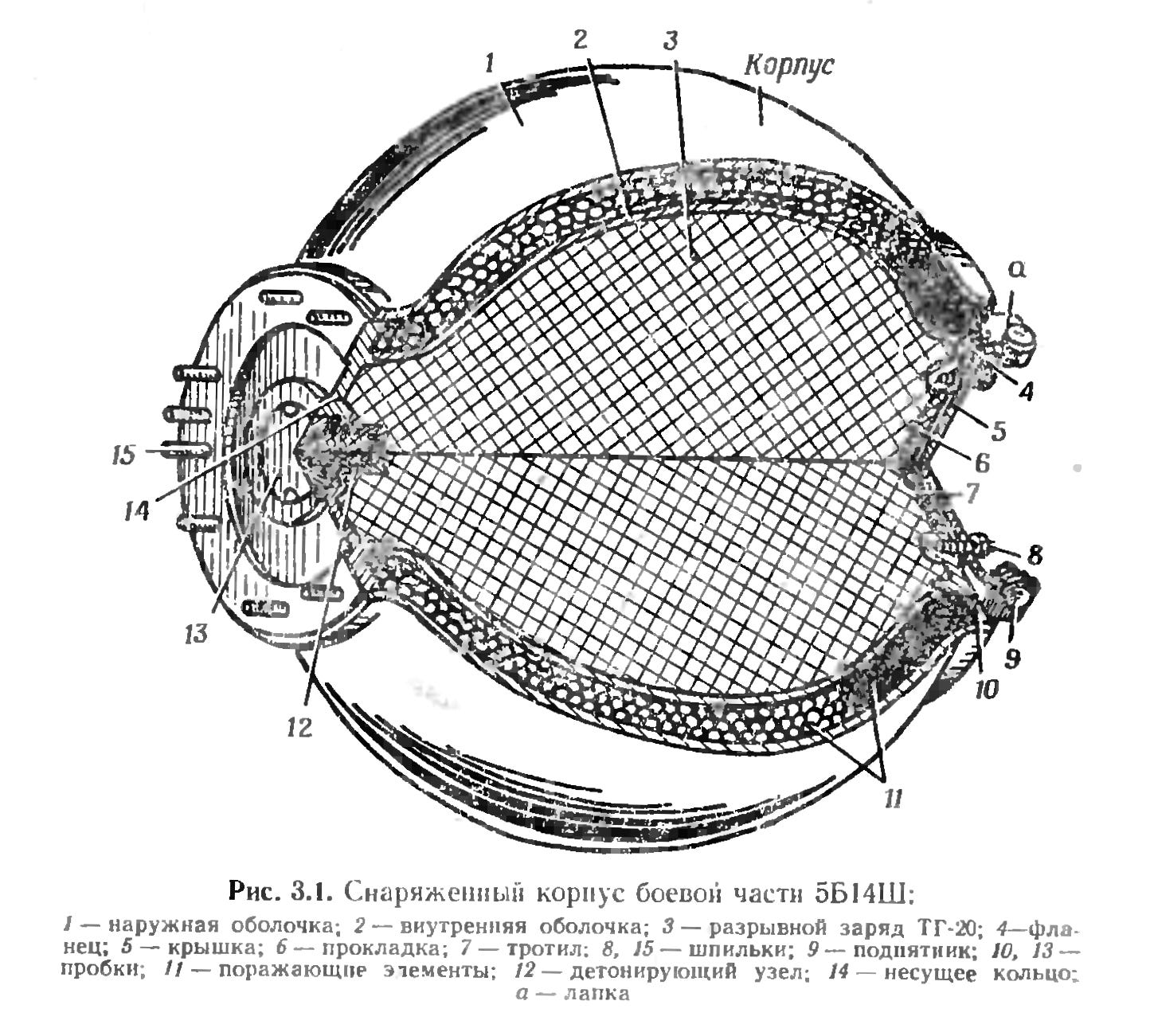
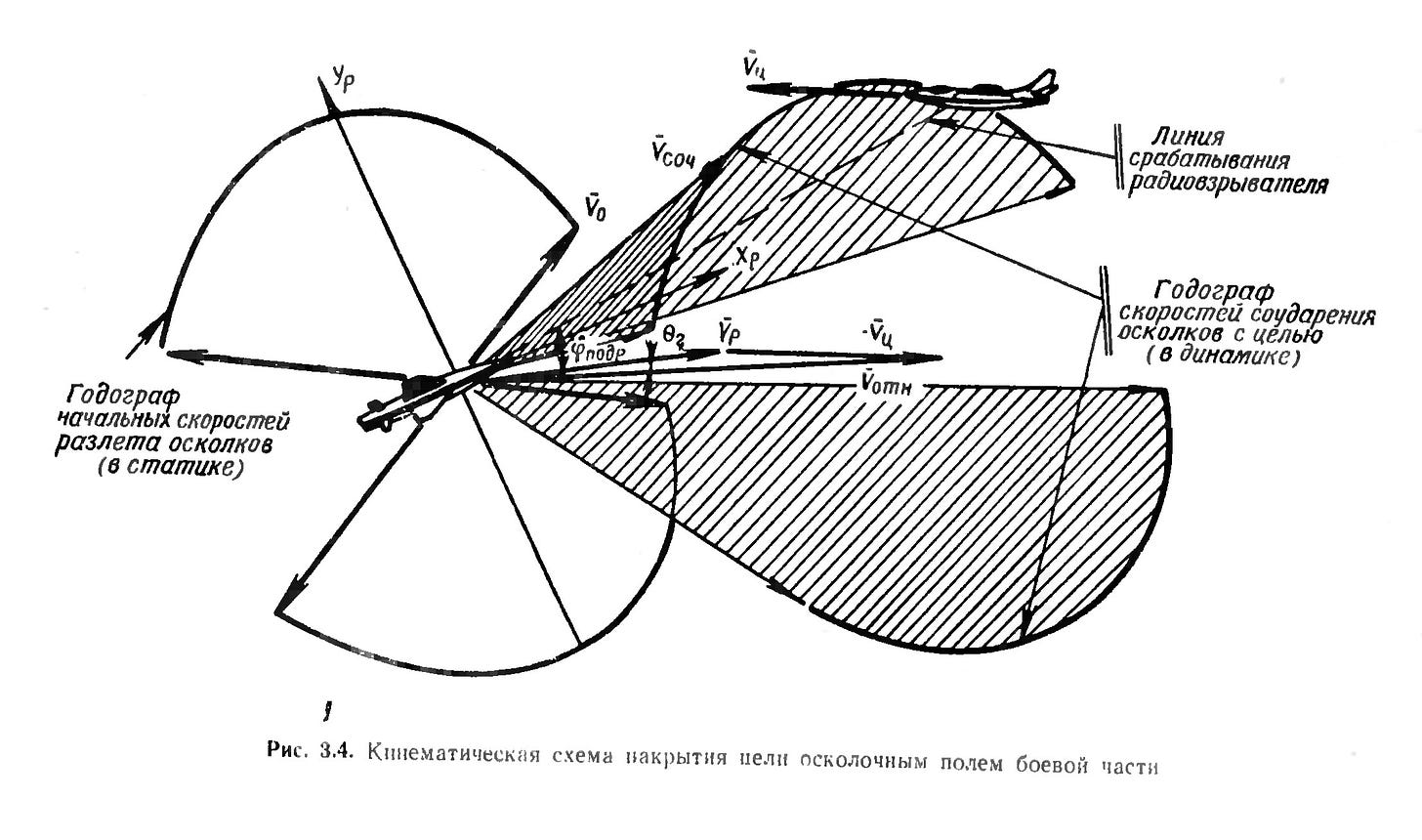
Missile types:
In Ukrainian service
After Ukraine gained independence, the newly formed air defense branch inherited (on paper) a significant number of the former Soviet Union S-200 systems, making them a backbone of long-range air defense. According to some estimates, on paper, it was 35 battalions, each one having 6 launchers. How many of them were operational is hard to estimate, but 60% can be considered normal. Considering the size of the territory and number of S-200 and other inherited air defense systems, Ukraine has (had) the largest air defense in the world based on density. The overall state of the economy and the decline of the investments in the military resulted, after a few decades, in a significant reduction of the number of operational units, so by 2012 only 5 - 6 battalions were available, tasked with covering the entire territory of the country. Each battalion usually had 6 launchers.
By the end of 2013, during the presidency of Viktor Yanukovych, the authorities announced the decommissioning of these SAMs due to their obsolescence. The launch railings were dismantled, and the missiles were sent for storage. On the eve of the Russian annexation of Crimea, Ukraine found itself virtually without any long-range air defense equipment.
In Ukrainian history, the S-200 has a tarnished reputation. It was this missile that shot down a Russian civilian Tu-154 (Siberian Airlines flying from Tel Aviv to Novosibirsk) over the Black Sea in October 2001, killing 78 people.
According to the investigation, during military exercises in Crimea, a missile fired by Ukrainians accidentally hit a civilian plane instead of a target drone that was the intended target. The missile lost guidance to the target at about 30 km distance and locked on the (unintended) target about 160 km away.
In a modern conflict, the S-200, which is obsolete by some parameters, can still be utilized. The biggest disadvantage is that it requires a well-developed firing position, and mobility is one of the handicaps: setting up a new firing position requires several hours, which allows it to be effectively engaged by the opponent’s aircraft.
What is characteristic for an S-200 site compared with S-75 and S-125 is that at least two batteries were installed for each site. In the Soviet Union, sites with 3x batteries were typical, but in the other Warsaw-Pact countries (due to financial reasons) only two battery sites were usually built. Only very few sites were built with 5x batteries. This is technical a battalion-size site.
This is something that is not entirely abandoned: Syrians are still using it to repeal the Israeli attacks. On February 10, 2018, Syrian air defenses succeeded in shooting down one of the Israeli jets, an F-16I Sufa. On September 17, 2018, a Russian Il-20M ELINT plane was shot down by a Syrian S-200 surface-to-air missile killing all the 15 servicemen onboard. It was a well-planned and executed Israeli operation where the Israeli pilots used the Russian plane as cover and set it up to be targeted by the Syrian air defense forces. The Il-20, which has a radar cross-section much larger than the F-16, was locked by the Syrian radar instead of the Israeli F-16, and the missile shot it down.
Several times Syrian missiles lost guidance and continued on the ballistic trajectories toward Israel entering into the highly protected airspace and only once Israel was able to intercept one. In one of the incidents, the missile fell not far from the Israeli Dimona nuclear facility.
This created an interesting concept - to utilize the older missiles in a surface-to-surface mode which transforms an AD missile into a ballistic missile with extended range. Driven by the necessity and the lack of real long-range (more than 120 km range) ballistic missiles, Ukrainians were the ones who further developed this concept.
Modernization and re-purposing
The US military expert Trent Telenko theorized that maybe Ukrainian technicians replaced the 5V28 missile nose-mounted radar with a new seeker - perhaps the radar from the new Grom-2 surface-to-surface missile.
The Grom-2, which Ukrainian firm KB Pivdenmash has been developing as a replacement for Ukraine’s existing Tochka-U ballistic missiles, is a single-stage, solid-fueled rocket with a 310-mile range and a scene-matching millimeter-wave radar that should allow the rocket to precisely alter its flight path as it streaks toward its target. Looking into that missile, there is some resemblance with the Russian Iskander missile.
According to Telenko, the 5V28 certainly has space for the Grom-2’s compact radar. The 5V28 “is a honking big missile with a really heavy and voluminous seeker space. You could add a millimeter-wave radar and also pack in hundreds of pounds of explosives”.
The Forbes wrote in their article citing Telenko’s social media post that with a “modern seeker and a heavier warhead, the old 5V28 - hundreds of which the Ukrainian air force retired back in 2013 - becomes a potent surface-strike weapon. It ranges around 250 miles, if you believe most sources, or 370 miles if you believe Russian sources”. To be precise, this extended range of 370 miles is actually recalculated 600 km as the Ukrainian general Ihor Romanenko said and not sourced from the Russian propaganda.
In Russian media it was posted that “On July 9, 2023, the Kyiv regime made an unsuccessful attempt to strike targets in the Crimea, Rostov, and Kaluga regions. On July 28, the Russian agency reported that such a "modified" missile struck the center of Taganrog and the town of Azov (both in the Rostov region”).
Another attack, probably by S-200 missiles, was on Saturday, August 12. Then the Crimean Bridge became a target. The Crimean Bridge is very significant for Ukraine because it is believed that striking it will hamper Russian war efforts and boost the fading Ukrainian morale. Speaking about this, the direct impact on the bridge by this missile wouldn’t damage it beyond repair but still it can boost the propaganda efforts.
Let’s now dive into the usefulness of the conversion of the older decommissioned AD missiles into ballistic ones. This can most certainly be accomplished.
On the Ukrainian side, in 2018, First Deputy Minister of Defense Ivan Rusnak publicly announced that Ukraine was returning the S-200 to service. According to him, there are no problems with anti-aircraft missiles, as well as with toxic liquid fuel for them. The only delay is the cables needed for the launch pads. "It really takes up to a year to restore the S-200. We have missiles. We have a problem with the cabling for the S-200 system," he said in an interview with the specialized publication Defense Express.
Former Deputy Chief of the General Staff of the Armed Forces of Ukraine, responsible for the air defense system, Ihor Romanenko, says that the Ukrainian military has already practiced the use of the S-200 missile on ground targets during training. "Such missiles were launched at our firing ranges, and they flew at a distance of more than 600 km. I witnessed it myself." How many such missiles are there in Ukraine? Reserve General Romanenko says, "Several hundred." Additionally, Ukraine's allied countries, in particular Bulgaria and the Czech Republic, also have some quantities available.
Re-applicating the system in a new role may raise a few questions: The first question is what this modernization requires to transform it into an operational-tactical missile system. The second question is the launcher - from what platform would the missiles be launched? The third question is the quantity - how many missiles are available today?
According to the Russian sources, the intensive work of converting the 5V21A/5V28 anti-aircraft missiles into operational-tactical ones has been carried out since May 2022 at one of the testing grounds in Poland, which still has the S-200 air defense missile system in service (at least on paper). As part of this upgrade, the missile's guidance system was removed and replaced with a GPS-based guidance and correction unit. The missile was technically disconnected from the K-2V guiding and control station and turned from a guided missile into an unguided one, but this increased its autonomy and stealth of movement.
It is likely that the 5P72 launcher mounted on the ground is no longer used to launch the missile. Instead, a mobile launcher has been created with swivel component and/or rail of 5P72. Considering the missile's weight - 7.5+ tons, it could well have been created on the basis of the 9A52 Smerch MLRS combat vehicles (launchers) that were freed up after the missile stock was completely exhausted. Instead of launching tubes, a launching rail may be mounted. However, this may be a problem because of the center of gravity. The following illustrations are some hypothetical modification based on the Smerch chassis:
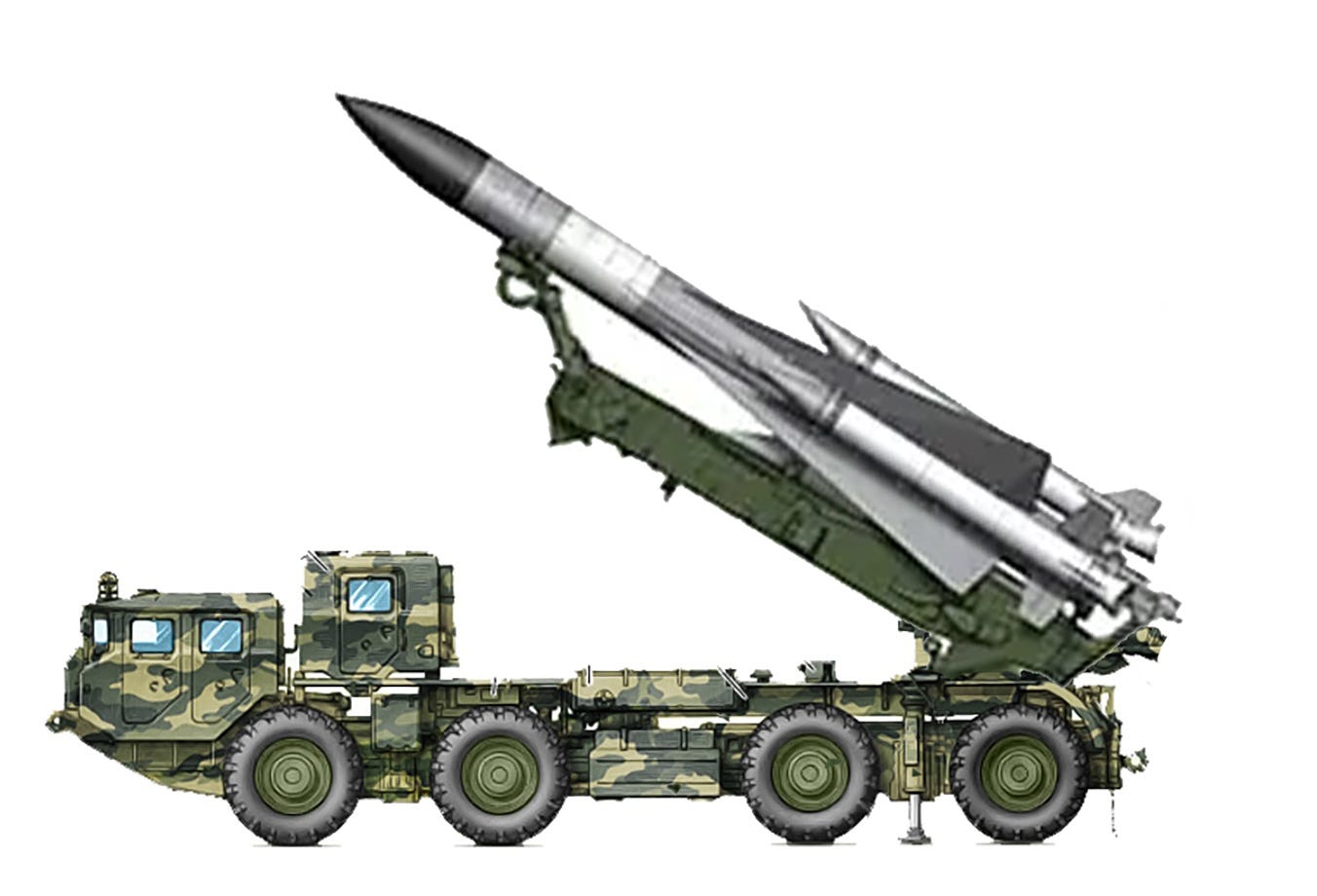
According to the Russian expert Vladislav Shurigin, this modernization turns the S-200 systems and their missiles (up to 200 units in usable condition) remaining in Ukraine and former Warsaw Pact countries (Poland, Czech Republic, Bulgaria, Germany) and their operators into an "ersatz" operational-tactical missile system with a launch range of up to 250 km.
At the same time, the resulting complex can be characterized as frankly homemade. Its combat capabilities are limited - a large-sized, non-maneuvering missile flying along a ballistic trajectory is vulnerable to air defense systems. The accuracy and the warhead yield make the range of its application quite narrow - for strikes on areas and large-sized targets.
One of the interesting Ukrainian modernizations may also be a decoy: to launch in the direction of the detected aircraft behind the Russian lines and hope that the Russian AD will engage it. In this engagement, the interceptor missile may lose the lock on the 5V21A missile and lock onto the aircraft, which is basically a repetition of the downing of the Siberian 1812 flight.
Ukrainians are prone to exaggerating almost everything and In any case, everything published by Ukrainians should be taken with a grain of salt.
According to the Kyivpost article:
“How Ukraine shot down the Tu-22M3 and A-50”
As the head of Ukraine’s Main Intelligence Directorate (HUR) Kyrylo Budanov reported, the Tu-22M3 bomber was shot down from a distance of 308 kilometers.
He shared details of the “successful” operation to eliminate the Tu-22M3. According to him, the Ukrainian air defense waited at the frontline for a week, anticipating the area where the enemy aircraft would appear.
Both A-50s were shot down from a considerable distance. The first plane was destroyed 170 kilometers away from the launcher, and the second one was shot down at more than 200 km...”
To make the public believe, there should be some plausibility: Budanov clearly spoke about an ambush, which is one of the tactics used by the various AD units. However, as previously mentioned, the S-200 system is semi-stationary and it takes time to fully set up the combat position. It is much easier for modern mobile systems like S-300 or Buk-M1. Moving the large launching platform, even one launcher with the support guidance system and command vehicles near the front would be very hard to conceal. It is hard to believe that Russian drones or other surveillance means could miss such big targets. To engage a plane far behind the Russian lines needs radar illumination for guidance, and such radar emissions could hardly go unnoticed. Su-35s, which are in the air escorting bombers, would immediately detect the S-200 fire control radar emission. The probability that the radar will attract an antiradiation missile within 10-20 seconds after activation is much higher than the whole concept of ambush.
Again, everything coming from their sources should be taken with reserve.
The decoy concept is an interesting one. On the Russian side, they still have significant quantities of these missiles. For them, it would be possible to make a decoy based on this missile. But for this purpose, the Russian Armed Forces have a large number of obsolete missiles for the S-300 air defense missile system that have been removed from service. They can be used in the role of modified ballistic missile or to lure Ukrainian air defense to start tracking and firing so the Russian SEAD airplanes can pinpoint the AD locations and attack them with antiradiation missiles or bombs. These same missiles, if necessary, may carry out strikes on ground targets. Unlike the Ukrainian 5V21A, the 5V55 missiles used in S-300 systems and available in huge quantities initially had the ability to strike ground targets. And unlike the unguided 5V21A, the S-300 anti-aircraft missile system controls the 5V55 in flight. The missile is capable of performing anti-aircraft maneuvers.
Ukraine and Western media widely published that since the beginning of the war, Russia has been mass-launching missiles from the S-300 and S-400 air defense systems in this mode. It is doubtful that S-400 missiles are used. but there is a possibility that old S-300 system missiles may be used on occasion.
Now, the question is whether the S-200 system can launch an AD missile in the ground attack mode. The same-generation systems such as S-75 and S-125 have that ability. Originally, the S-200 system couldn’t launch in the surface-to-surface mode; however, when modernized, it is possible. To do that, though, there is a problem—accuracy. To find and capture a target in the air, the S-200 systems use a large and powerful radar that illuminates the target in the sky. However, it is not suitable for targeting ground objects.
Perhaps, says General Romanenko, Ukrainian specialists managed to redesign the missile's guidance system to make it fly to the target according to satellite data. But Ukraine doesn't have satellite guidance, so Western partners may chip in with the guidance and targeting information. According to General Romanenko, "If some structure is really engaged in this in Ukraine, then it should be a technically outstanding solution. But potentially, we have such opportunities." Beside Ukrainian specialists, as Shurigin mentioned, former Warsaw Pact users, predominantly Poles, may assist in the conversion process.
Another problem is the power of the missile warhead. To shoot down enemy aircraft, the S-200 did not have a very large explosive in the warhead but a significant number of pre-formed striking elements. If the warhead is replaced with High Explosive only, without pre-formed components, the HE blast can theoretically cause more damage.
Assuming that the 5V21A/28 can be launched in surface-to-surface mode, what would be the effect on the target? As previously mentioned, the warhead carries about 90 kg of explosives and a total of 37,000 fragments. This is sufficient to damage the fuselage of a plane, but not to destroy, for example, the support of a bridge, says the representative of the National Institute of Strategic Studies Oleksiy Yizhak. Previously, Yizhak worked at the "Yuzhnoe" design bureau, which developed missile complexes in the USSR. "This warhead is suitable for destroying an airplane, but not for destroying fortified ground targets,". According to him, "The only advantage of such missiles over drones is that they are actually aeroballistic, that is, they fly very fast and are very difficult to shoot down."
If the Ukrainian developers manage to solve the problems with guidance, mobility, accuracy, and power, then the Armed Forces will have a ballistic weapon that can theoretically reach Moscow (the distance from the Ukrainian border to the Russian capital is about 420 km). Of course, nobody will place a launcher at the border, so additional depth of the controlled territory is necessary.
Russians are aware of these modification attempts and they bombed the facilities such one in Dnepropetrovsk (Dnipro) on August 15. This raid was connected precisely with the Ukrainian missile program. Apparently, the conversion of the S-200 into a strike variant is taking place at the local enterprise "Pivdenmash”.
Local authorities reported at the time that "one of the industrial facilities" was damaged, as well as a children's sports complex.
Conclusion
S-200 is still the AD system that, if utilized properly with some innovations, can inflict damage, but the time of active service in the air defense role in the Ukrainian conflict is more or less a matter of the past. The modernization and re-purposing of it for a surface-to-surface role is one attempt to use the available quantities. After that, the whole concept will simply stop. Neither Ukraine nor the Western partners have sufficient quantities or ability to manufacture these missiles, so it is simply a one-way road. Sooner or later, even without combat losses of bombing the warehouses or storages and fuel manufacturing and storage facilities, supply will run out.
[i] Edited by Piquet (EditPiquet@gmail.com)
References
https://www.ausairpower.net/APA-S-200VE-Vega.html
https://rg.ru/2023/07/18/ekspert-shurygin-o-modernizacii-raket-s-200-ukrainoj-boevye-vozmozhnosti-ogranicheny-krupnogabaritnaia-nemanevriruiushchaia-raketa.html
https://www.forbes.com/sites/davidaxe/2023/08/20/add-a-new-radar-to-an-old-air-defense-missile-and-youd-get-the-ukrainian-5v28-kyivs-most-potent-deep-strike-weapon/
https://www.kyivpost.com/analysis/31842
Зенитный ракетный комплекс С-200 (Состав, принцип действия и боевые возможности). Учебник. (коллектив)
Общие сведения о зенитном ракетном комплексе С-200 и устройство ракеты 5В21А (Крапивцев Г.И., Колеснев И.В
Пособие по изучению правил стрельбы зенитными управляемыми ракетами системы С-200В (С-200).
Руководство зенитным ракетным войскам противовоздушной обороны страны. Боевая работа технического дивизиoна
https://sites.google.com/site/samsimulator1972/home
If you like the article (and many more articles regarding military subjects will come), you can buy me a coffee:
https://www.buymeacoffee.com/mmihajloviW


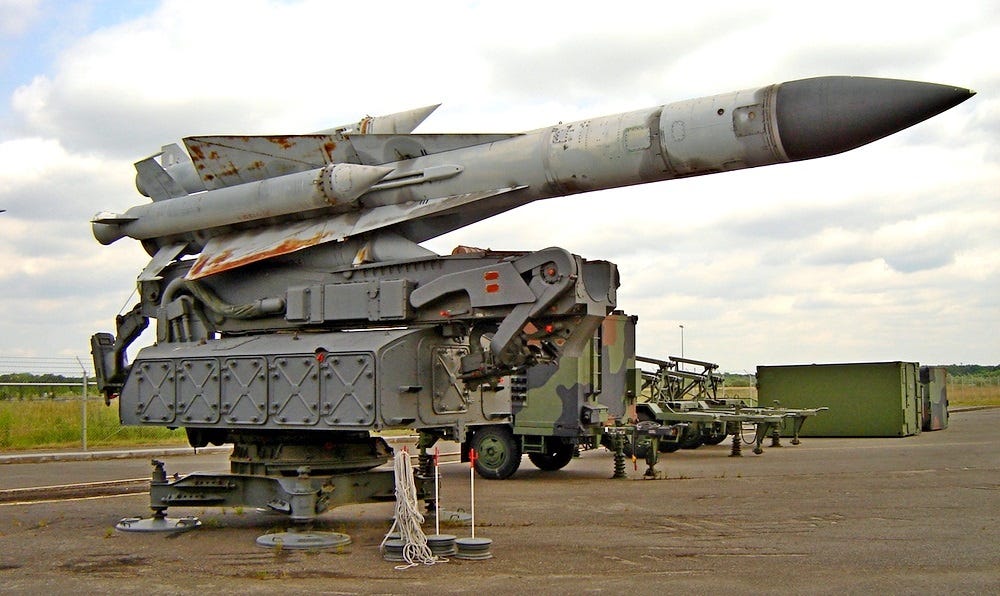
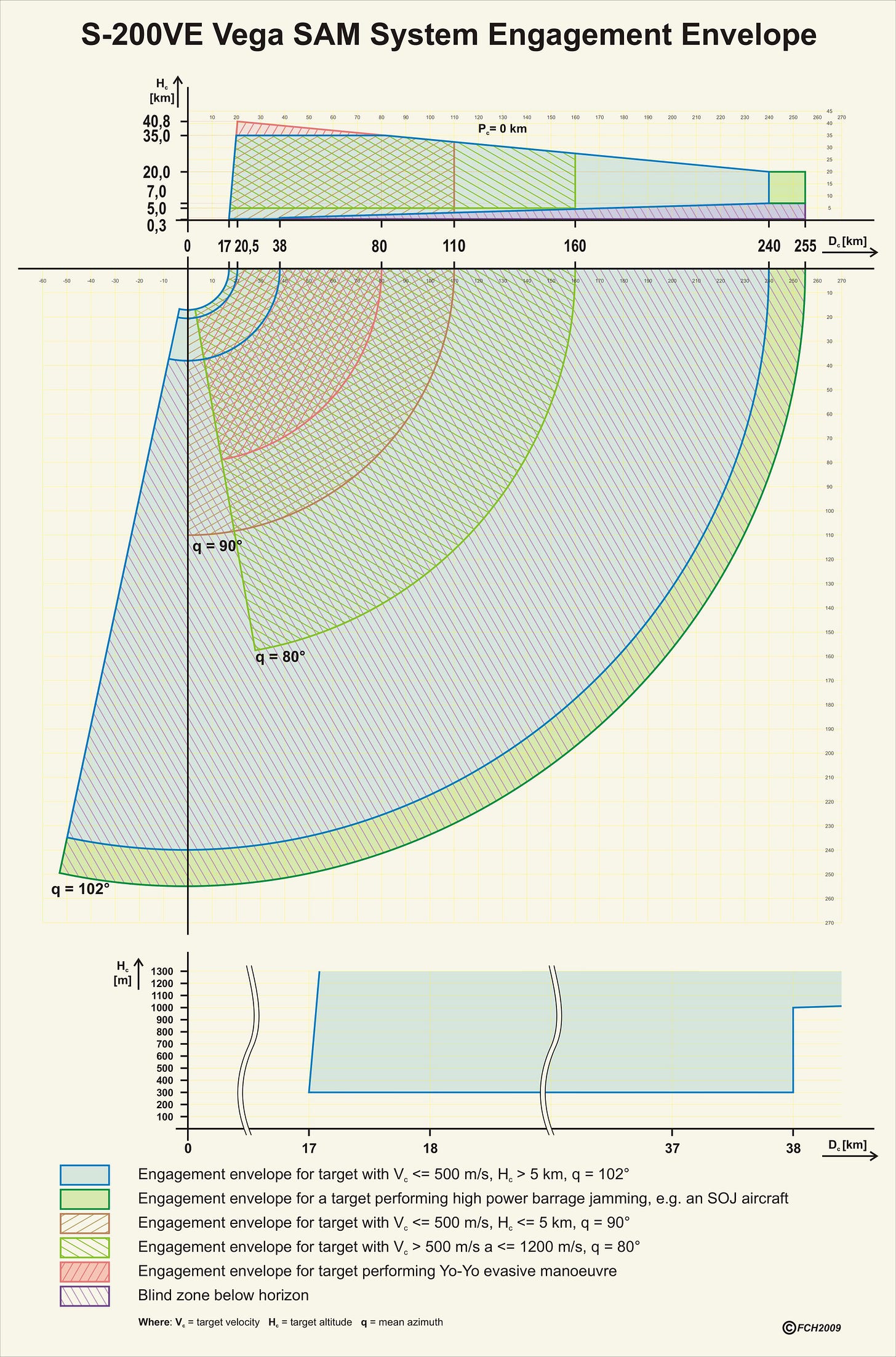

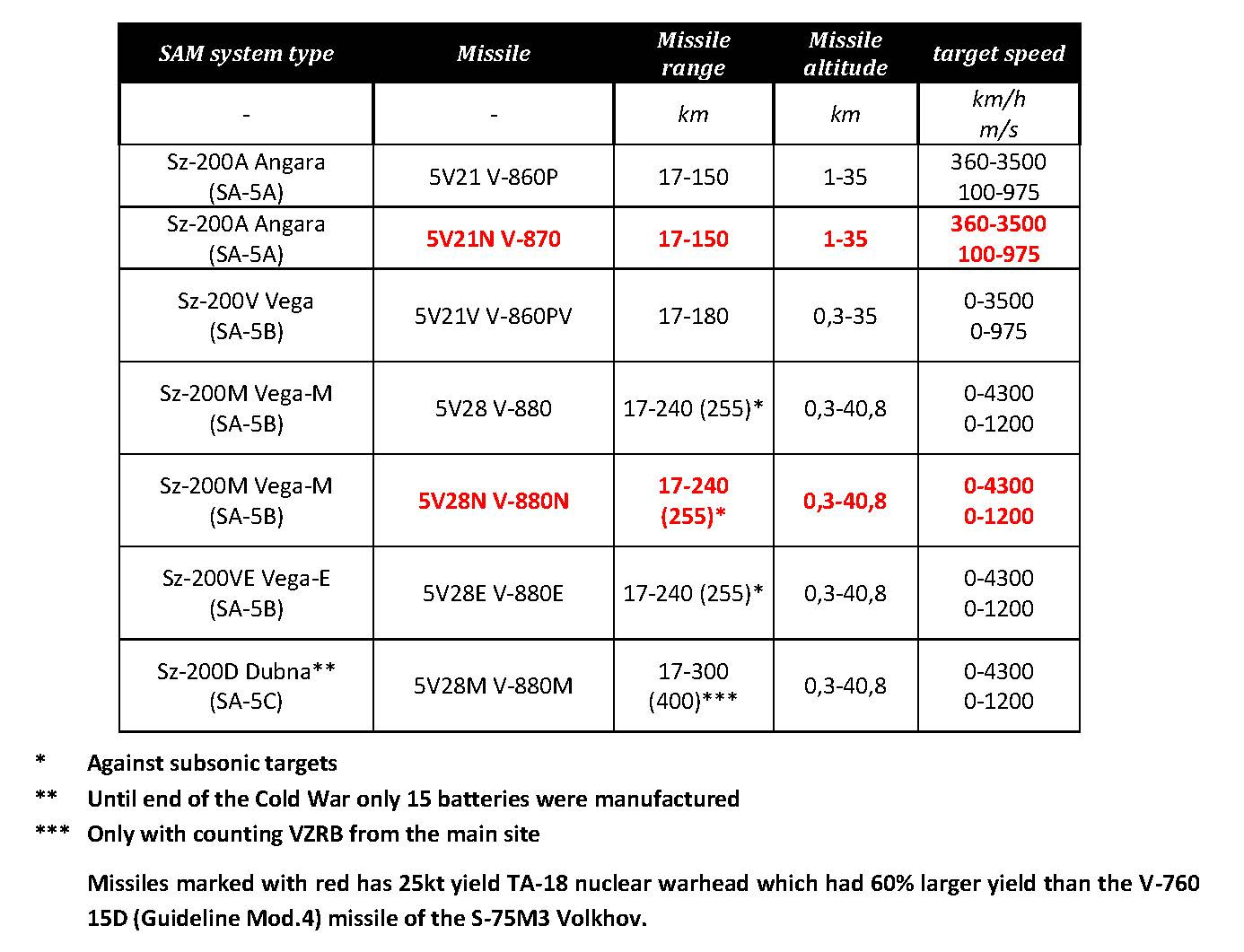
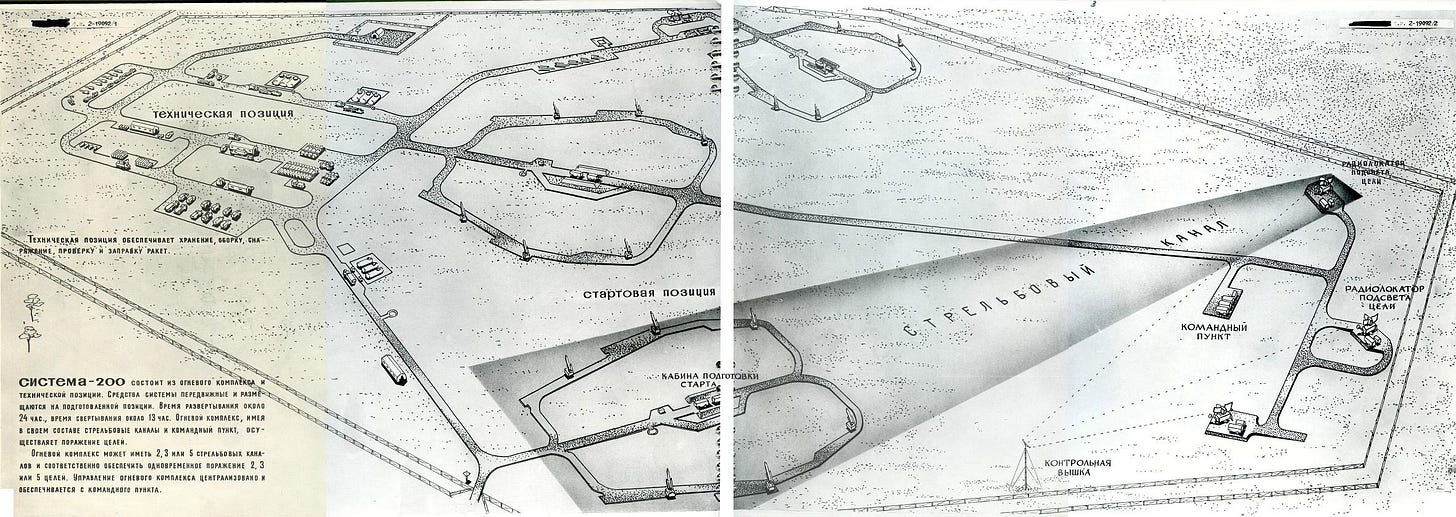
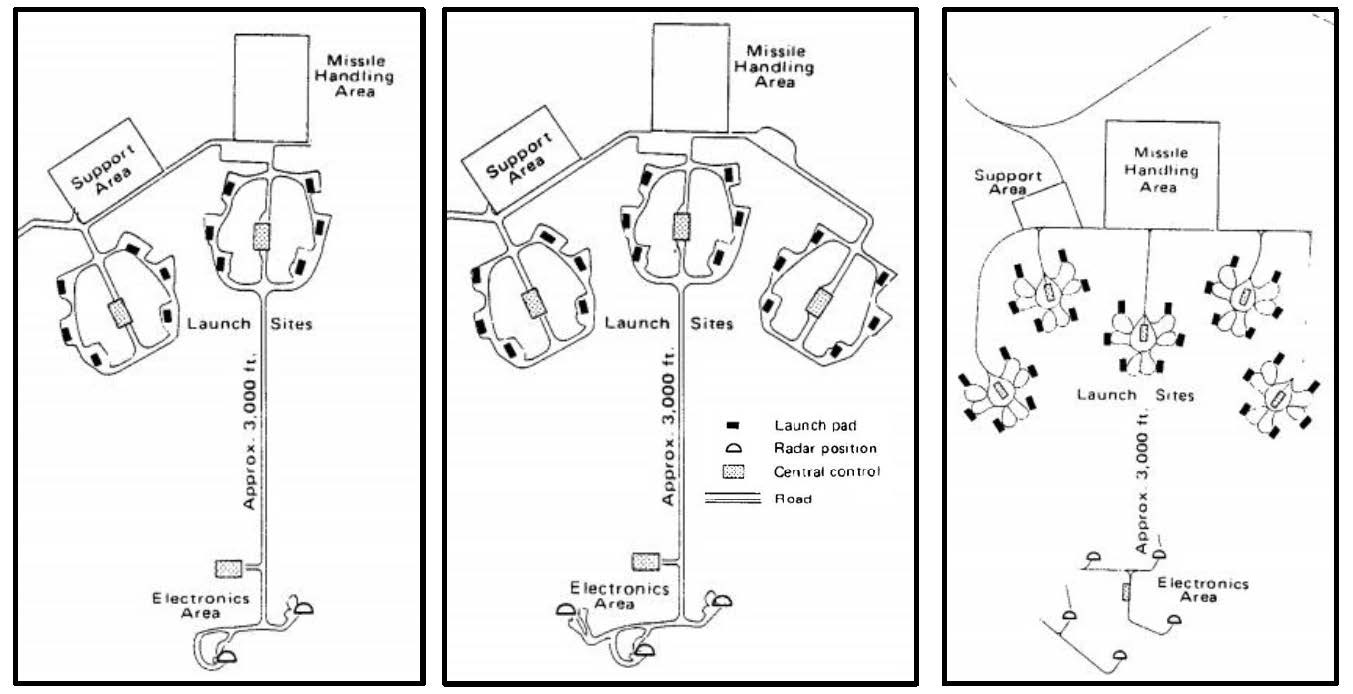
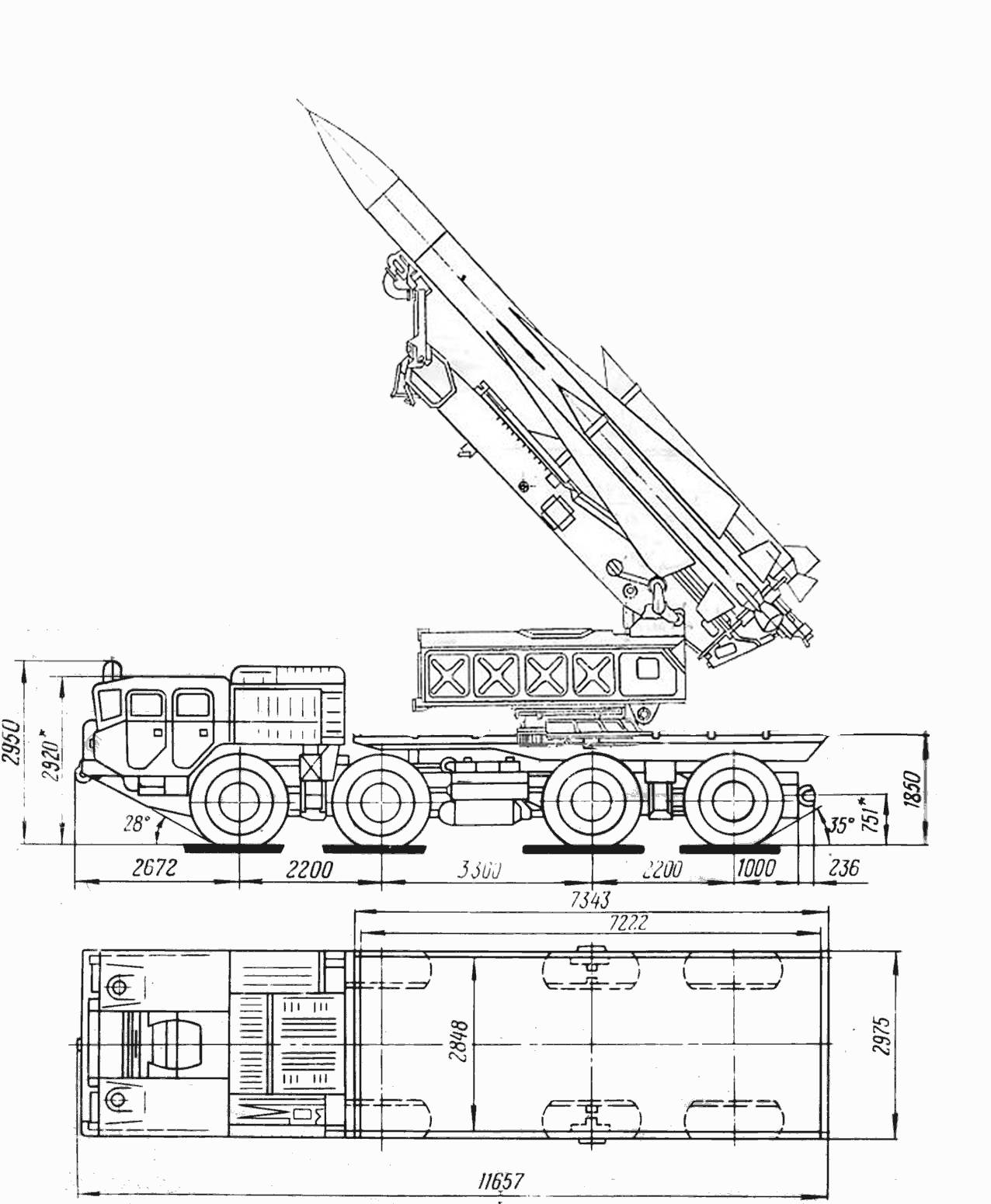
Wow. I would have never imagined those systems to be so complicated and sophisticated. Thank you for sharing
That was an awesome article. Just the right level of technical information for me! Thanks!